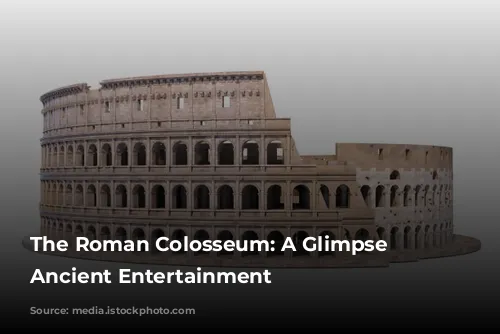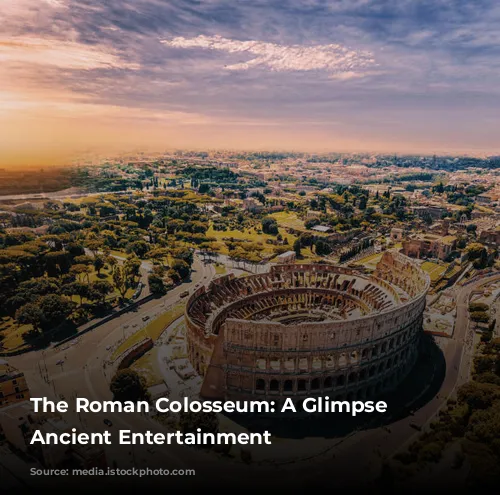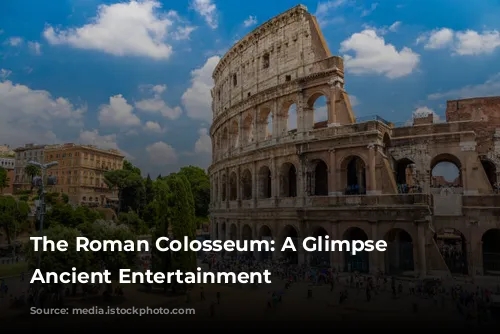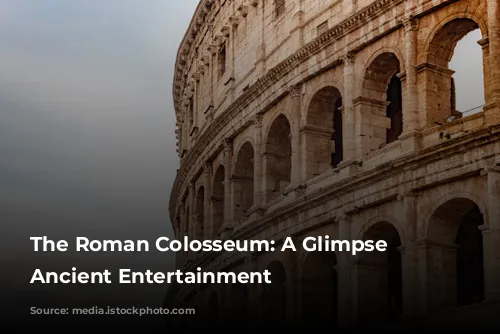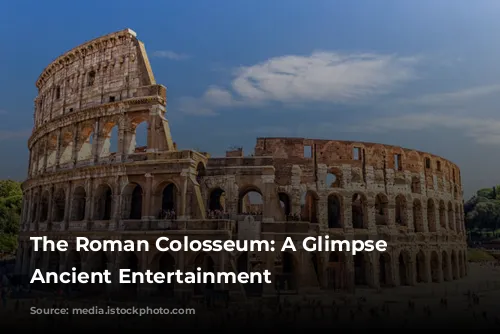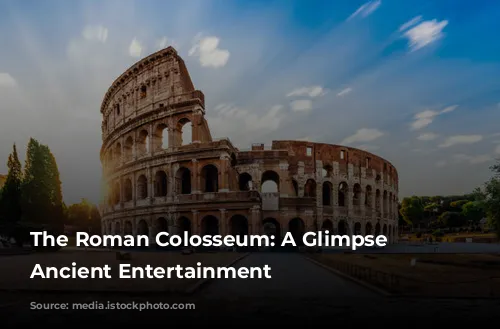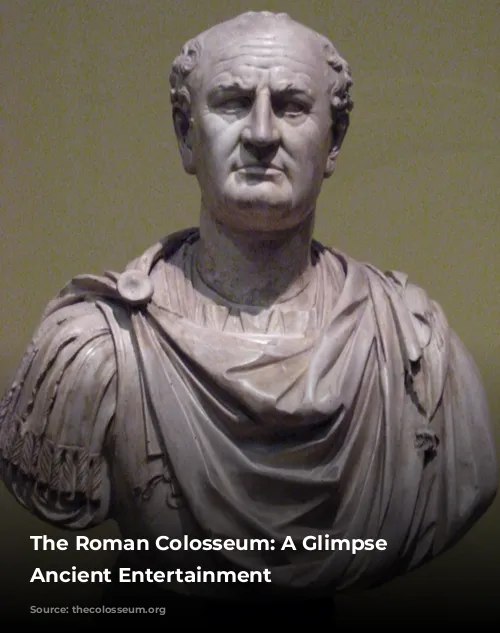The Colosseum is an iconic symbol of ancient Rome, standing tall after nearly two millennia. This massive arena, once a hub of gladiatorial combat, animal hunts, and brutal executions, continues to captivate visitors from around the world. But how much do we truly know about this historical marvel? Let’s delve into some fascinating facts about the Colosseum.
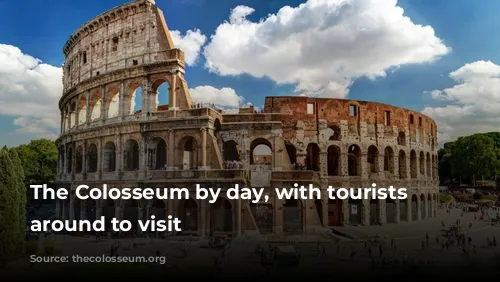
Construction and Labor
Construction on the Colosseum, originally known as the Flavian Amphitheater, commenced in 72 AD under Emperor Vespasian. Although Vespasian sadly passed away before its completion, his sons, Titus and Domitian, continued the monumental project. It was finally finished in 80 AD, marking a pivotal moment in Roman history.
The building process was a massive undertaking, employing an estimated 60,000 to 100,000 individuals. These laborers were largely Jewish slaves who were brought to Rome after the first Jewish-Roman war. They worked tirelessly under the watchful eyes of Roman engineers and artisans, transforming the former site of Nero’s Domus Aurea into the Colosseum we know today.

The Colosseum: A Symbol of Power and Entertainment
The Colosseum’s construction wasn’t merely a feat of engineering, but a bold statement of Roman power and a testament to the empire’s dedication to public spectacle. After the devastating fire of 64 AD, which destroyed a large portion of Rome, Emperor Nero built a lavish palace for himself on the burnt land. This sparked outrage among the Roman citizens, who resented Nero’s extravagance.
When Vespasian ascended the throne, he made the crucial decision to demolish Nero’s palace and build the Colosseum on the site. This grand amphitheater, designed to hold 50,000 to 80,000 spectators, became a symbol of Roman grandeur and a place where citizens could gather for a variety of entertaining spectacles.

Dimensions and Design
The Colosseum’s imposing presence is undeniable. This oval-shaped structure measures an impressive 189 meters long, 156 meters wide, and 48.5 meters tall. Its external walls are adorned with three tiers of columns, each level boasting 80 arches (though only 31 remain intact today). These arches, numbered with Roman numerals, served as a practical guide for spectators, helping them locate their designated seats.
The Colosseum’s design was a marvel of engineering, incorporating innovative solutions for the era. The hypogeum, a network of tunnels and chambers beneath the arena, was used to house gladiators, animals, and prisoners before their performances. This complex system also housed numerous trapdoors and vertical shafts that allowed for the seamless deployment of scenery during spectacles.
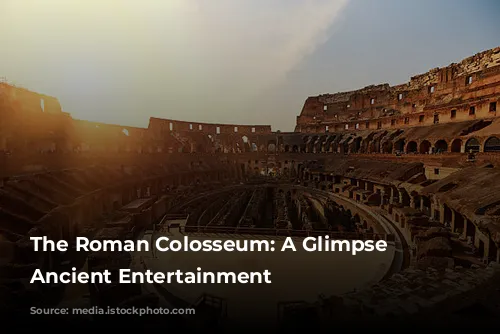
Blood and Spectacle: The Colosseum’s Darker Side
While the Colosseum provided entertainment for the masses, its history is also marked by violence and brutality. Gladiator battles were the most common event, but they weren’t always the gruesome free-for-alls we often imagine. While deaths were common, gladiators were classified based on their fighting style and experience, and matches were often closely regulated. However, the Colosseum also witnessed bloody hunts involving wild animals, executions, and even staged naval battles.
It’s estimated that over 400,000 individuals met their demise within the Colosseum’s walls. While the exact number of animals killed remains unknown, accounts suggest the number could be in the millions. The Colosseum’s legacy is not only one of engineering and entertainment but also of the brutal reality of Roman society.
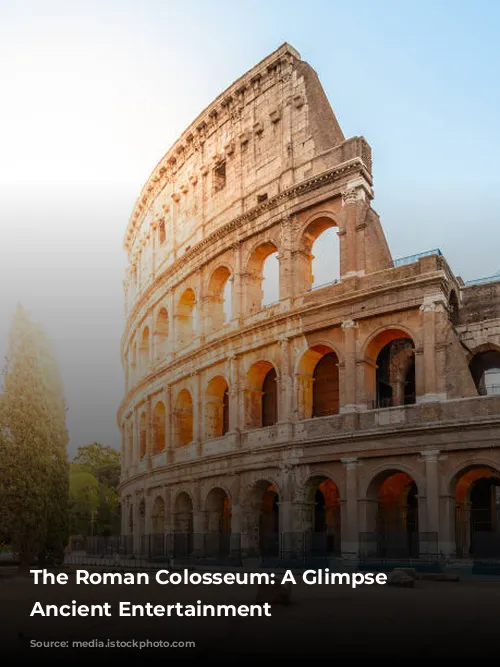
The Colosseum Today
Today, the Colosseum stands as a testament to Roman civilization. It is a reminder of their engineering prowess, their love of entertainment, and their capacity for violence. While the arena no longer hosts gladiatorial battles or hunts, it continues to attract millions of visitors each year, fascinated by its history, its grandeur, and its enduring power. As one of the most visited landmarks in the world, the Colosseum is a must-see for any visitor to Rome, offering a unique window into the past and the enduring allure of the Roman Empire.

